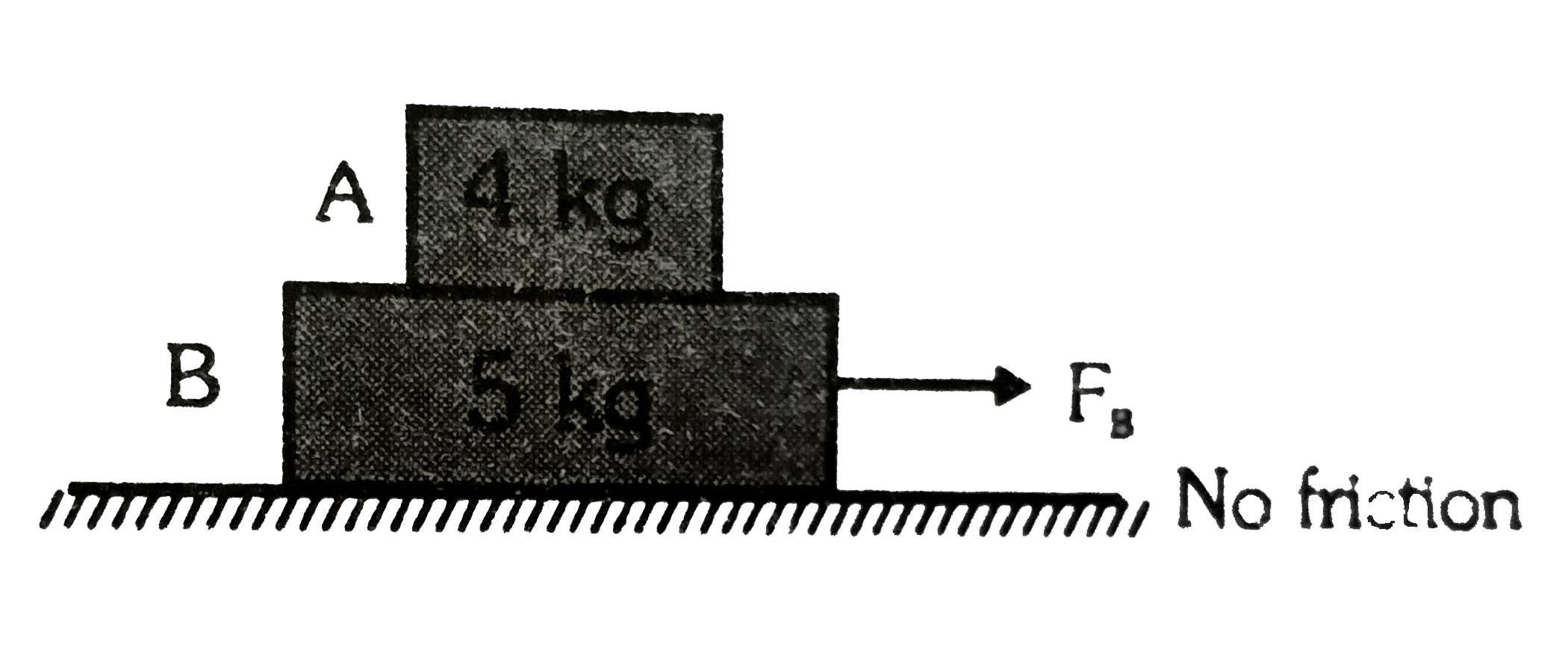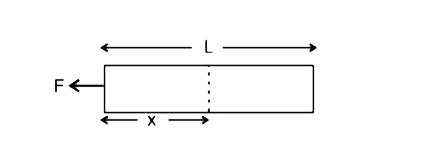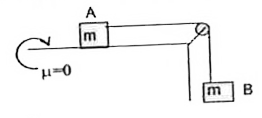The density of a rod AB continuously increases from A to B. Is it easier to set it in rotatio by clamping ilt at A and applying a perpendicular force at B or by clamping it at B and applying the force at A?Solution in Tamil
Step by step video & image solution for The density of a rod AB continuously increases from A to B. Is it easier to set it in rotatio by clamping ilt at A and applying a perpendicular force at B or by clamping it at B and applying the force at A? by Physics experts to help you in doubts & scoring excellent marks in Class 11 exams.
Topper's Solved these Questions
- BOOK - HC VERMACHAPTER - ROTATIONAL MECHANICSEXERCISE - Objective -126videos
ROTATIONAL MECHANICS
- BOOK - HC VERMACHAPTER - ROTATIONAL MECHANICSEXERCISE - Objective -215videos
ROTATIONAL MECHANICS
- BOOK - HC VERMACHAPTER - ROTATIONAL MECHANICSEXERCISE - worked out Examples29videos
ROTATIONAL MECHANICS
- BOOK - HC VERMACHAPTER - REST AND MOTION : KINEMATICSEXERCISE - Exercises51videos
REST AND MOTION : KINEMATICS
- BOOK - HC VERMACHAPTER - SIMPLE HARMONIC MOTIONEXERCISE - Exercises58videos
SIMPLE HARMONIC MOTION
Similar Questions
Let →A be a unit vector along the axis of rotation of a purely rotating body and →B be a unit vector along the velocity of a particle P of the body away from the axis. The value of →A.→B is
02:57View SolutionThe axis of rotation of a purely rotating body
07:08View SolutionA wheel rotates with a constant acceleration of 2.0rads2. If the wheel starts from rest, how many revolutions will it make in the first 10 seconds?
View SolutionA man goes 10 m due east and then 24 m due north. Find the distance of his current position from the starting point ?
08:07View SolutionA particle executes simple harmonic motion with an amplitude of 10 cm and time period 6s. At t=0 it is at position x=5 cm going towards positive x-direction. Write the equation for the displacement x at time t. Find the magnitude of the acceleration of the particle at t=4s.
08:21View SolutionThe density of as rod graduallly decreases from one end to the other. It is pivoted at an end so that ilt can move about a vertical axius through the pivot. A horizontal force F is applied on the free end n a direction perpendicular to the rod. The quantities, that do not depend on which end of the rod is pivoted are
04:09View SolutionAll the surface and pulleys are frictionless in the shown arrangement. Pulleys P and Q are massless .The force applied by clamp on pulley P is
04:12View SolutionThe density of a rod continuously increases from A to B . It is easier to set it into rotation by
09:35View Solution12N of force required to be applied on A to slip on B. Find the maximum horizontal force F to be applied on B so that A and B moves together.
 02:28View Solution
02:28View SolutionThe end A is subjected to a tensile force F, while force applied at end B is Delta F lesser than applied at the A. Total change in length of the rod will be
04:58View Solutionएक छड़ AB का घनत्व A से B की और सतत रूप में बढ़ता है। इसे A पर पकड़कर B पर लंवबत बल लगाकर घुमाना अधिक सरल होगा अथवा B पर पकड़कर A पर बल लगाकर घुमाना?
View SolutionA horizontal force is applied on a uniform rod of length L kept on a frictionless surface. Find the tension in rod at a distance 'x' from the end where force is applied
 View Solution
View SolutionThe adjacent figure shows a non-uniform metre stick AB having the linear mass density variation lambda = lambda_(0) x , where lambda_(0) is a constant and x is the distance from end A, placed on a smooth horizontal surface. In the first experiment, the rod is pivoted at A and force F is applied perpendicular to the rod at the other end B and in the second experiment, the rod is pivoted at B and the force is applied perpendicular to the rod at the end A. If in the first case angular acceleration is alpha_(A) and in the second case it is alpha_(B) then
03:26View SolutionTwo blocks A & B are connected by the massless string & pulley. As the blocks are left to move, the force by the pulley on the clamp is
 07:59View Solution
07:59View Solutionएक छड़ AB का घनत्व निरंतर A से B तक बढ़ता है। इसे A पर कीलकीत करके तथा B पर लम्बवत बल आरोपित करके घूमना आसान है अथवा B पर कीलकीत करके तथा A पर बल आरोपित करके घूमना आसान है। अपने उत्तर को स्पष्ट कीजिए।
04:09View SolutionWhen two bodies A and B collide, A exerts a force F on B. What is the force applied by B on A ?
01:58View Solution

